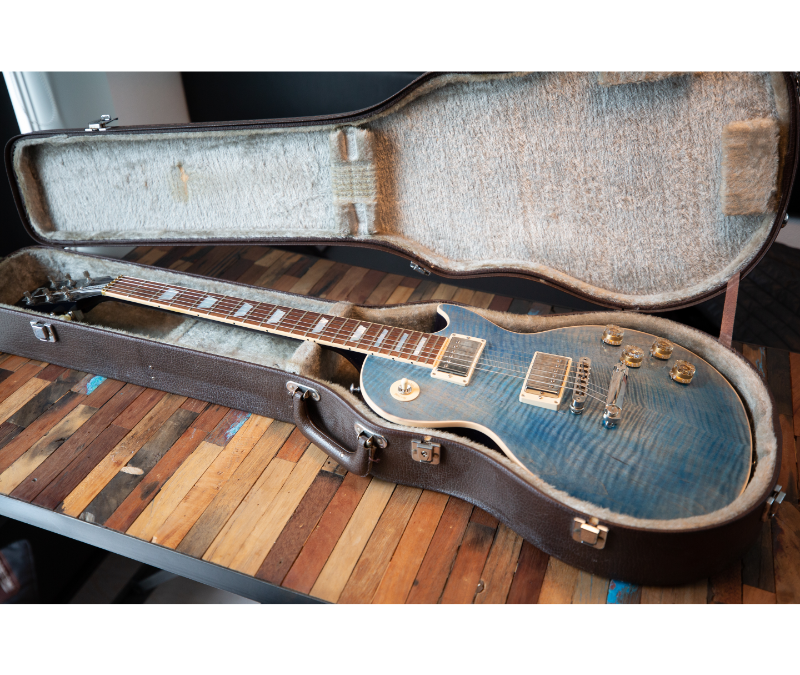Learning all the guitar notes on the guitar is a fundamental skill that opens the door to endless possibilities in your musical journey. Whether you’re a beginner just starting out or an experienced player looking to deepen your understanding, mastering guitar notes is critical to your success. I’ll guide you through effective strategies to unlock the guitar fretboard.
The Basics
The guitar fretboard consists of six strings, each representing a different musical pitch. These strings are typically tuned to E-A-D-G-B-E, starting from the lowest-pitched string (6th string) to the highest-pitched string (1st string). Each fret on the guitar neck corresponds to a specific note, with the distance between frets representing a semitone or half-step.
Memorizing open strings
Begin your journey to mastering guitar notes by familiarizing yourself with the open string notes. Take some time to memorize the names of each string and their corresponding notes. Remember the acronym “EADGBE” to recall the standard tuning of the guitar. Practice saying the names of the strings aloud while visualizing their positions on the fretboard.
Learning the natural notes
Once you’re comfortable with the open string notes, it’s time to dive deeper into the fretboard. Start by identifying the natural notes (A, B, C, D, E, F, G) on each string. Begin with the open string notes as reference points and use the musical alphabet to navigate along the fretboard. Pay close attention to the patterns and intervals between notes, as these will serve as valuable guides in locating notes across different positions on the neck.
Utilizing Reference Points
As you progress in your journey to learn guitar notes, make use of visual reference points to help your memorization. Identify key landmarks on the fretboard, such as fret markers or octave shapes, to orient yourself and locate notes more efficiently. Additionally, practice scales, chords, and arpeggios systematically to reinforce your understanding of note positions and intervals. As you practice all these things, knowledge of the fretboard will become more clear.
Practice with purpose
Consistent practice is essential for mastering guitar notes. Dedicate regular practice sessions to focus specifically on fretboard memorization exercises. Experiment with different techniques, such as visualizing note patterns, playing scale sequences, or improvising melodies, to reinforce your knowledge and develop consistency on the fretboard.
Review & Repetition
Finally, remember that learning guitar notes is a gradual process that requires patience. Continuously review and reinforce your understanding through regular practice and repetition. Over time, you’ll find that navigating the fretboard becomes second nature, allowing you to express yourself freely and creatively on the guitar.
In conclusion, as you learn new concepts on the guitar your abilities will grow. We have a few free guitar tools that will help you master the fretboard and learn new topics as well

Justin Comstock
Host of the Guitar Freaks Podcast
Justin is a Blues guitarist from Utah. He created a guitar learning tool called the FretDeck on Kickstarter that has helped many guitar players master the fretboard. He is also the host of the Guitar Freaks Podcast.
Download his free tools for learning guitar.






